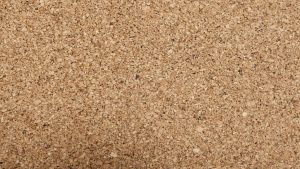A comprehensive guide to pitched roof insulation reveals how to improve energy efficiency and comfort—discover the best options for your home.
Waste less energy and improve safety with phenolic insulation—discover why it’s the top choice for sustainable building solutions and how it can benefit your project.
Discover Pepper’s Builders Merchants in Bexleyheath, your local supplier of building materials and expert advice — find out what makes them the top choice.
Murdocks Builders, a leading Irish construction company since 1982, offers expert building solutions across various sectors—a story worth exploring.
Knowledgeable and trusted, Majors Builders Merchants Ltd offers premier building supplies with a reputation for exceptional service and reliability—discover what sets them apart.
Builders Merchants, a leading UK supplier of building materials, offers extensive products and services—discover how they can support your project needs today.
Onto securing loft legs with Screwfix: discover essential tips for safe, durable, and professional installation you need to know.
Meta Description: Kingspan K103 offers superior insulation for floors, combining strength and durability—discover the benefits it can bring to your building project.
Making construction easier, Keyline Building Supplies offers expert solutions and quality materials to support your project’s success — discover how they can help you.
KBS Builders Merchants Ltd is a prominent supplier of timber and building materials in South London. Established in 2010, the company caters to both trade…










